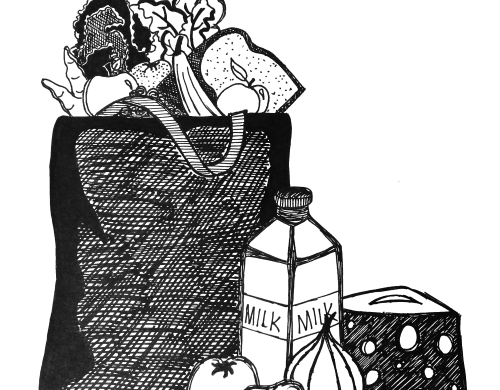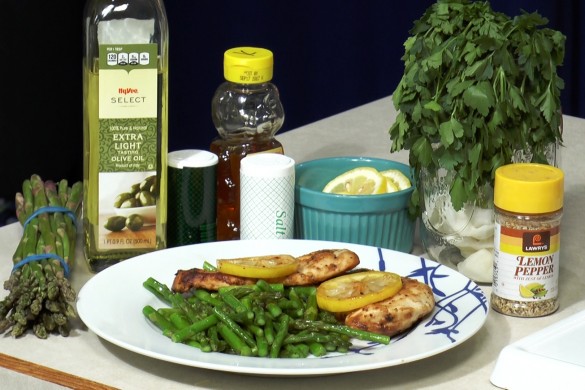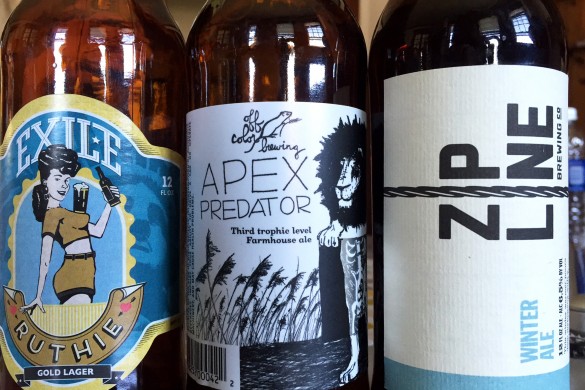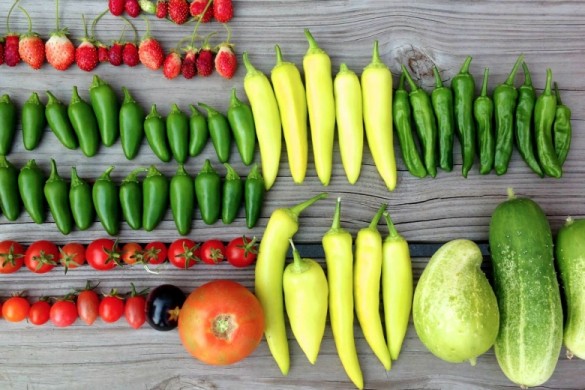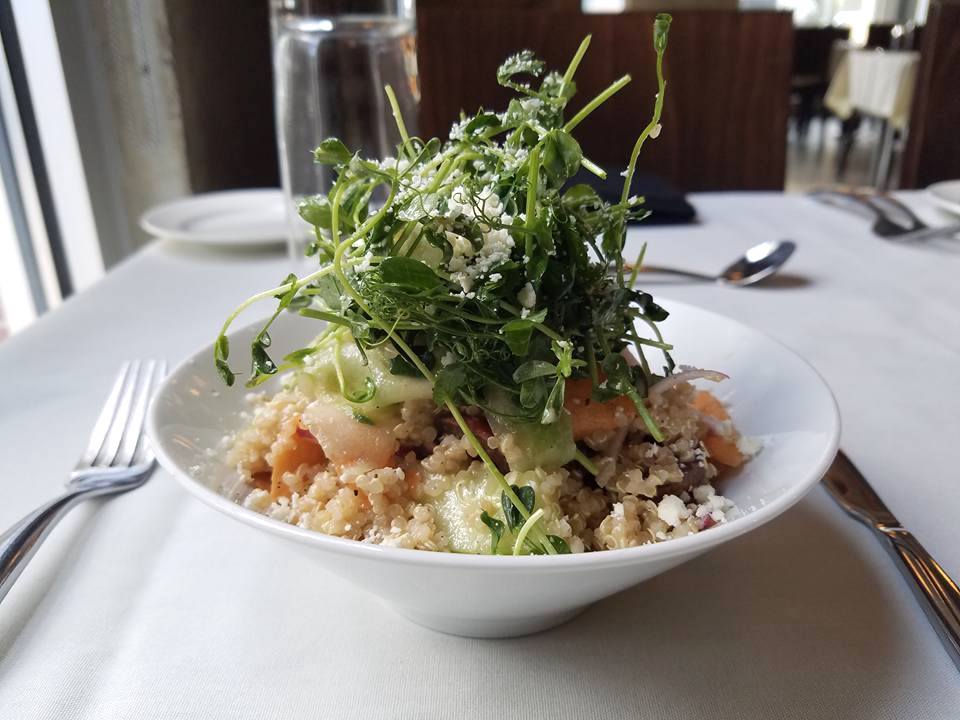
Photo courtesy of HoQ Restaurant
Restaurants around the Midwest cater to customers by using fresh, local ingredients
Words and photos by Beth LeValley
At one time, the garlicky mashed potatoes you ate for dinner, the potato chips you munched on while you watched TV and the greasy cheeseburger you scarfed down at the drive-thru all came from a farm. But where was the farm located, and how far did it travel to get to your plate?
“Everyone, to an extent, is farm-to-table,” said Eric Johnson, of restaurant owners. He is the head chef at Northside Bistro in Iowa City.
The farm-to-table movement began in the 1970s when advocates like Alice Waters, owner of Chez Panisse in Berkeley, California, wanted ingredients with more flavor. After spending time in France, she realized food in the United States didn’t taste as fresh. She started her own organic, local business — and created an entire food movement.
The farm-to-table movement didn’t fully catch on until about the mid-2000s, when restaurants around the nation considered themselves suppliers of local produce. Some argue the movement has already passed — others believe it is only growing.
With plenty of access to local farms, restaurants around the Midwest are capitalizing on this movement and partnering with farms to create menus that customers can feel good about.
Northside Bistro, located in Iowa City, Iowa, uses local ingredients for about 80 percent of its entire menu. About 40 farmers supply ingredients to the restaurant, and about 30 of those farmers are within a 15 to 20-mile radius.
Chef Eric Johnson, the head chef at Northside Bistro, believes there are many benefits to partnering with local farmers — it generates fresher food, higher quality products, more nutrition and even lowers environmental concerns. People may argue that it is more expensive, but Johnson said there is often a lower price as long as restaurants buy consistently.
“If you buy organic through corporations, you’re paying 50 percent more than what I’m paying,” Johnson said. He also said buying local makes his restaurant more unique. “This year, I gave (farmers) a list of about 80 products that I want specifically for Northside only. That’s for us then. No one else in the area has that. It sets us apart.”
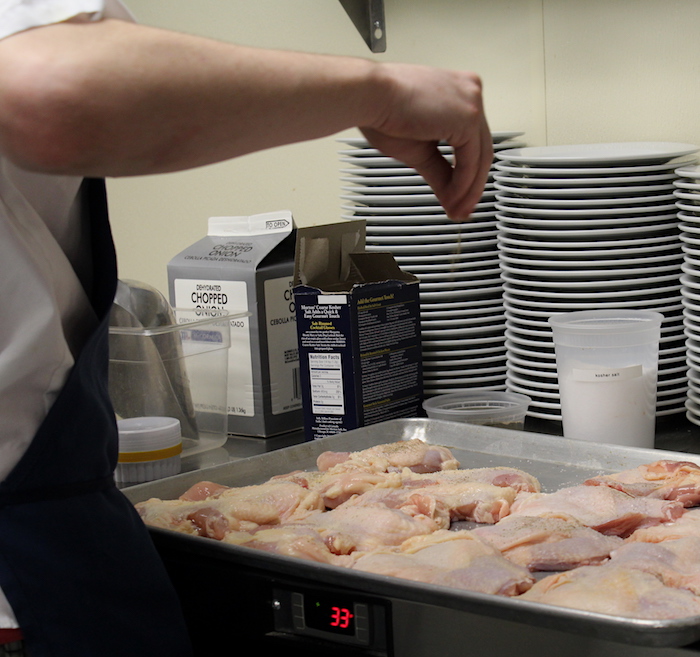
Chefs at Northside Bistro prepare locally-raised chickens, which they say provides a superior quality in taste and texture.
LT Organic Farm is located in Waukee, Iowa and offers another benefit: preventative medicine. Co-owners Ahilia and LT Bhramdat grow all the vegetables they use in their backyard and believe that local ingredients have more health benefits.
“Our health is dictated by our immune system, and our immune system is strengthened by the nutrients that are found in locally-grown, fresh-harvested, vine-ripened fruits and vegetables,” said LT Bhramdat. “In this country, our food travels thousands of miles to get to the table, so the active nutrients to help our immune systems are failing. We try to fill that void by educating the consumer and also the local farmers.”
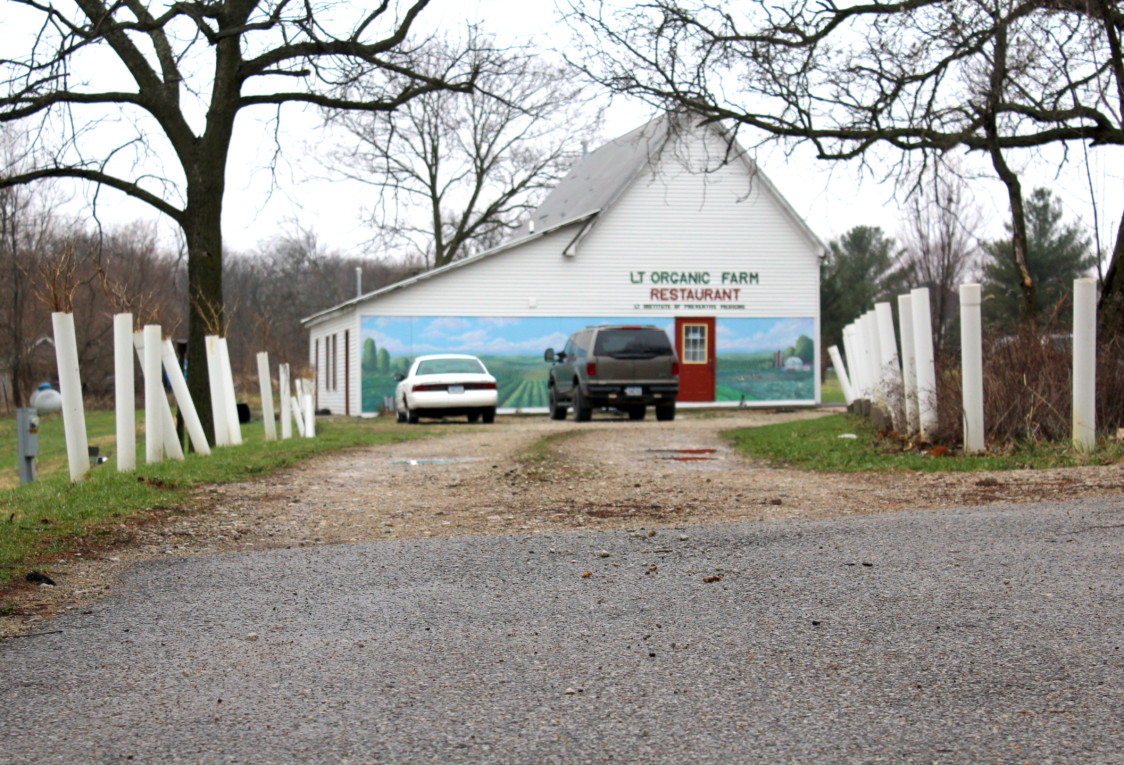
LT Organic Farm is located in the backyard of the Bhramdat’s house. Find the restaurant in a converted bar.
The Bhramdats originally were a Community Supported Agriculture (CSA), and once they realized customers don’t know how to cook unfamiliar vegetables, they created cooking and nutrition classes. After that, it was easy to transition into a seasonal restaurant.
Every night from May through November, they cook a meal fresh for their customers, including those who have special diets, those who are looking to gain knowledge in nutrition and those who simply enjoy a fresh meal.
LT Organic Farm started because the Bhramdats missed their lifestyle in South America, where they lived before coming to the United States.
“They plant their gardens, raise their livestock, and that’s how they live. They don’t even use chemicals or anything,” Ahilia Bhramdat said. “And now you come here, and you have to get a certification to become organic.”
To become certified as “organic,” a farmer or restaurant must get reviewed by a National Organic Program accredited agent. It generally costs anywhere from $500 to $1,500 to become certified. Some believe a certification similar to this should be used with the term “farm-to-table,” but others think it’s a nuisance to go through that process.
“If they really want to be sneaky or tricky, you can find ways to say ‘farm-to-table,’” said Johnson. “You buy (local) once or twice and call yourself farm-to-table, but you’re never buying from them again … a certain amount of honesty has to be present.”
According to the definition in the 2008 Food, Conservation and Energy Act, the total distance that a product can be transported and still be considered a local or regional agricultural product is less than 400 miles from its origin. Often, that can mean driving through multiple states and is similar to driving from Milwaukee, Wisconsin to St. Louis, Missouri.
In contrast, Suman Hoque, the owner of HoQ restaurant in Des Moines, Iowa, said 80 percent of his ingredients come from a 30-mile radius. The other 10 percent of his menu that is considered local comes from about a 70-mile radius.
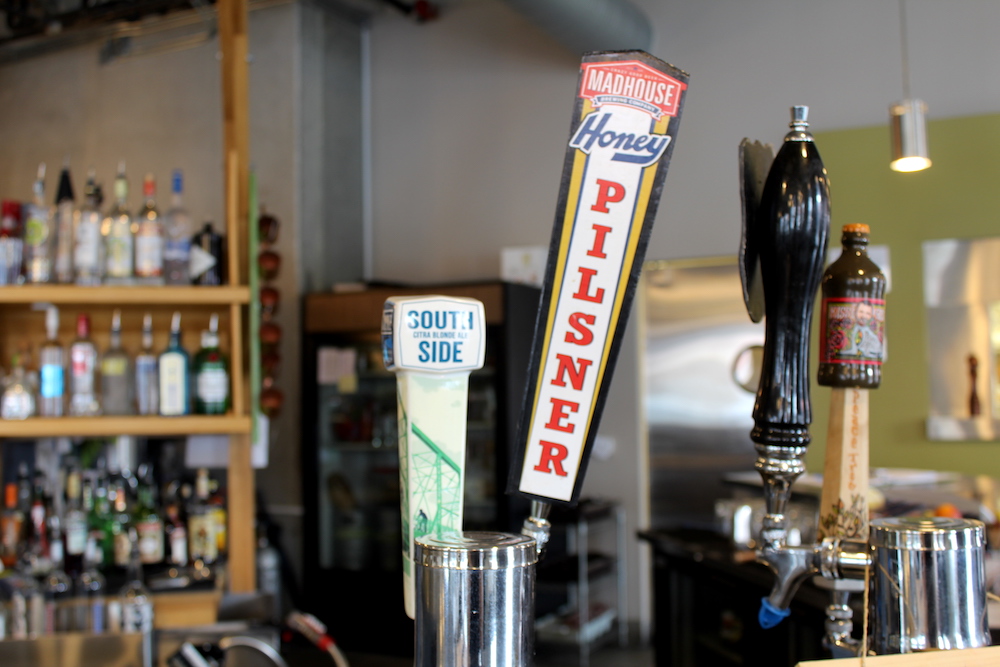
HoQ even offers local beers, featuring brews from Confluence, Madhouse Brewing Company and Peace Tree Brewing Co.
Hoque uses these local ingredients because he believes it drastically changes the taste. “I’m from Bangladesh, so we always get our food from a source where we know where the food comes from,” Hoque said. “I worked at a restaurant in Colorado, and they didn’t know where the food came from … the potatoes didn’t taste like potatoes. The chicken didn’t taste like chicken.”
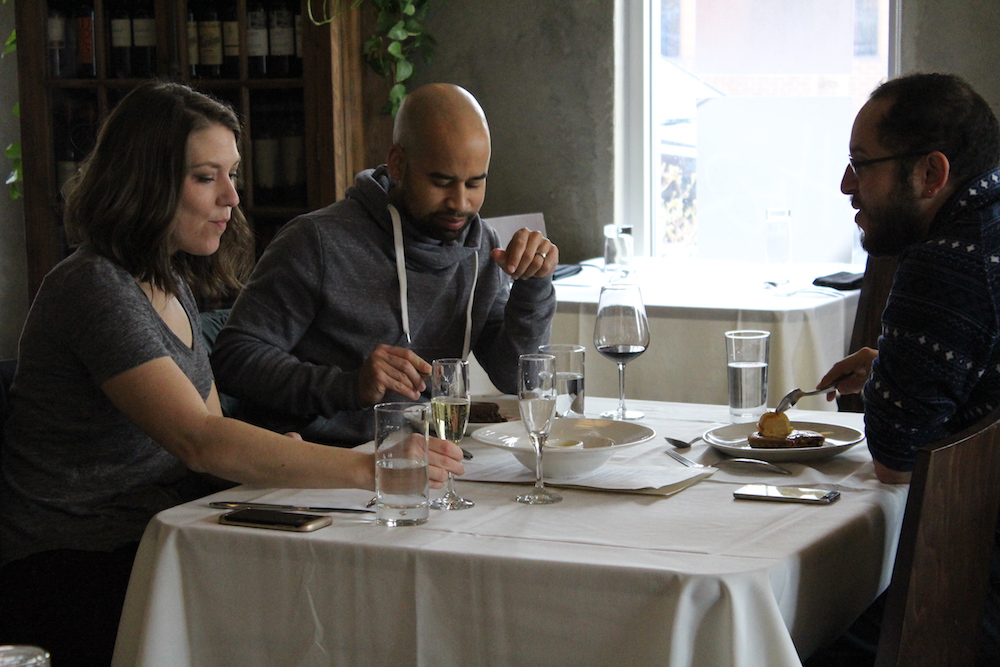
Diners enjoy dessert at HoQ on a quiet Saturday afternoon.
Compared with restaurants that use a large supplier, farm-to-table menus allow for more creativity with the ingredients. HoQ’s menu uses bison in a bison burger topped with a duck egg, which isn’t typically found on restaurant menus. This creativity often lends itself to those who have specialty diets. Farm-to-table restaurants can cater to those who are gluten-free, vegan, vegetarian or lactose-free.
Another benefit Hoque found was that his food waste is much smaller than other restaurants.
“In this country, I think 40 percent of the food goes in the garbage,” Hoque said. “At the end of the night, I have a small garbage. I buy whole cows, so I use everything, from the head to the tail, and my cost goes down.”
Hoque came to one conclusion that he and other farm-to-table chefs are trying to combat: “Our food system’s scary.”
Lilah Anderson, Des Moines resident and Youth and Family Coordinator at the Greater Des Moines Botanical Gardens, frequents HoQ because she knows it uses local ingredients.
But she didn’t just “start” eating local one day — it has been a part of growing up, as her parents and family have been shopping at farmers’ markets and gardening since she was little.
“It’s not a conscious decision,” Anderson said. “I certainly eat things that are not local, but I’m trying to find products that are made responsibly … you have a real active voice in the choices that you make in what you’re buying at the grocery store, or not at the grocery store.”
At the Greater Des Moines Botanical Gardens, Anderson has created programs for teenagers to teach them about growing and eating local produce. The program, offered in the winter and summer, features three cooking classes for 12 to 17-year olds. It focuses on teaching teenagers culinary skills and helps them think about produce options, featuring several local farms.


